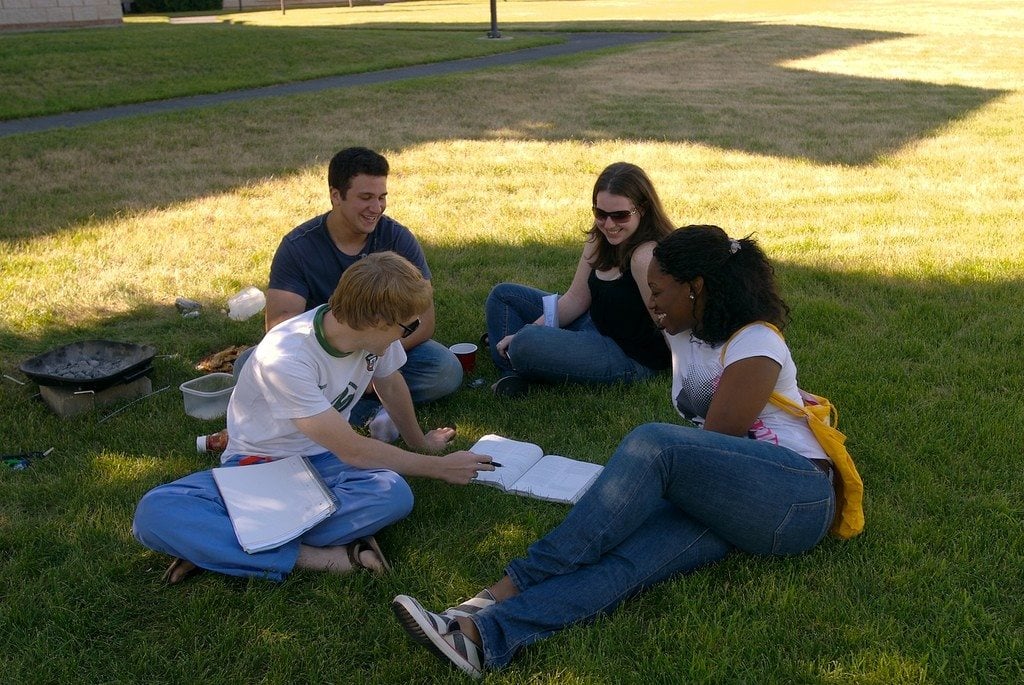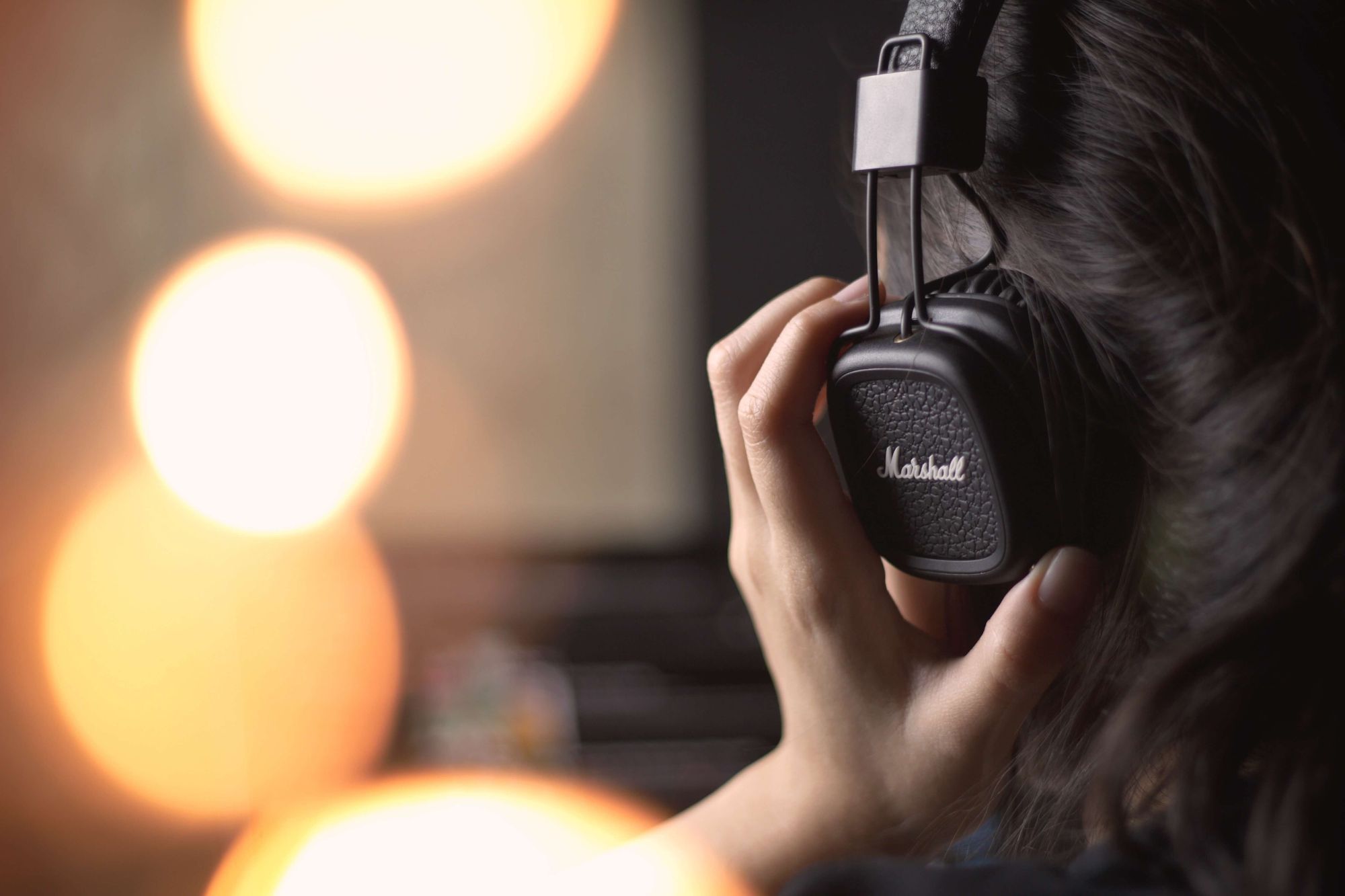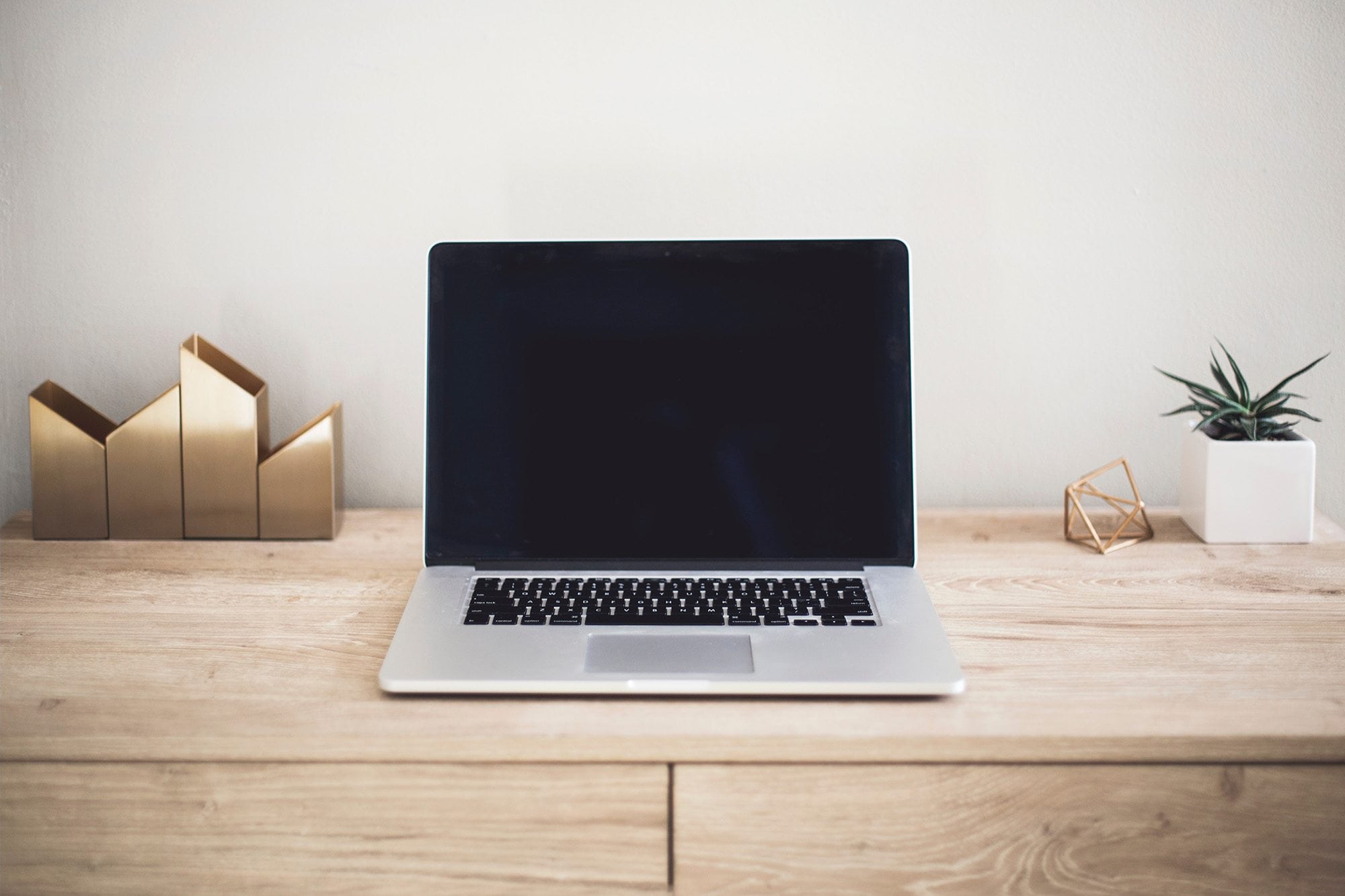5 Unusual Ways to Start Working Smarter, Not Harder, Backed by Science

One of the things I love about the culture at Buffer is the emphasis on working smarter, not harder. Our team is all about getting plenty of sleep, exercise and recreation time so that our time spent working is as productive as it can be.
Working harder can be an easy habit to slip into, though. Sometimes it’s hard to switch off at the end of the day, or to take time out on the weekend and stop thinking about work. With a startup of my own to run, I find this even harder to manage lately. Whenever I’m not working on Buffer, I’m working on Exist, and it’s easy to fall into a pattern of “always working,” rather than working smart and fitting in time to look after myself as well.
If this happens to you, too, here are five methods to try that’ll help get you working smarter, not harder.
1. Take more breaks: Respecting our natural attention spans
In one of my favorite books, Stephen Covey tells a story about a woodcutter whose saw gets more blunt as time passes and he continues cutting down trees. If the woodcutter were to stop sawing, sharpen his saw and go back to cutting the tree with a sharp blade, he’d actually save time and effort in the long run.
The analogy is an easy one to remember, but harder to put into practice. Here’s what Covey says about sharpening the saw in our lives:
Sharpen the Saw means preserving and enhancing the greatest asset you have–you. It means having a balanced program for self-renewal in the four areas of your life: physical, social/emotional, mental, and spiritual.
Sharpening the saw is a great habit to get into in all areas of our lives, but I think it can be especially beneficial when it comes to work and helping us to avoid burnout.
On average, our brains are only able to focus for 90 minutes and need at least 20 minutes rest thereafter, if we consider our natural ultradian rhythms:

Just getting away from work and having a rest can be a good start. Taking breaks throughout the day* can help you to refresh your mind and reset your attention span.
Another way to implement breaks—especially when you’re busy—is to work in small bursts. The Pomodoro Technique is perfect for this. Just set a timer for 25 minutes, and when it goes off, take a short break. Stretch your legs, grab a drink, check your email, or just sit back and relax.
Or, if you’re really strapped for time, try switching to a different kind of task to give your mind a rest. If you’ve ever tried the 7-minute workout, you’ll understand how this works. As you exercise your arms, your legs get a break. Then exercising your legs gives your arms a break.
When you have lots to do, you can use small, easy tasks like replying to emails or following up a phone call to give your brain a rest from the hard work that takes up the rest of your day.
2. Take naps: One of the most efficient ways to boost your brain function
Research has shown that naps lead to improvement in cognitive function, creative thinking and memory performance. In particular, napping benefits the learning process, helping us take in and retain information better.
The improved learning process comes from naps actually helping our brain to solidify memories:
Research indicates that when memory is first recorded in the brain—in the hippocampus, to be specific—it’s still “fragile” and easily forgotten, especially if the brain is asked to memorize more things. Napping, it seems, pushes memories to the neocortex, the brain’s “more permanent storage,” preventing them from being “overwritten.”
One study into memory found that participants did remarkably better on a test following a nap than those who didn’t sleep at all:

Not only are naps beneficial for consolidating memories and helping us to remember new information (handy if your job includes a lot of research during the day!), they’re also useful in helping us to avoid burnout:
Burnout is a signal that says you can’t take in more information in this part of your brain until you’ve had a chance to sleep.
So when should you be taking a nap? Well, if you pay attention to your body’s natural circadian rhythm, you’ll probably find that you have a dip in energy levels in the early afternoon. This is because we’re actually designed to have two sleeps per day, according to Loughborough University Professor, Jim Horne.
Our bodies are made to sleep for a long period overnight and a shorter stint during the day, which is why our energy levels drop and we felt sluggish or sleepy in the afternoon. Even if you don’t have a nap, this is a good time to listen to your body and have a rest.
3. Spend time in nature
Daniel Goleman, author of Focus: The Hidden Power of Excellence, suggests spending time in nature to help us reset our attention span and relax our minds.
One experiment he mentions in his book tested how relaxed people were when taking a walk down a city street versus in a quiet park. The study found that the level of attention needed to navigate a busy city street is high enough that the walk doesn’t let the brain relax enough to reset our focus levels:
Unlike natural environments, urban environments are filled with stimulation that captures attention dramatically and additionally requires directed attention (e.g., to avoid beinghit by a car), making them less restorative.
Spending time in nature, however, lets our minds fully relax and unwind, helping us to focus for longer when we return to work. Plus, other research has found that for students, motivation to learn is higher when they do so surrounded by nature instead of being inside a classroom. I think I’d probably feel the same if I were allowed to take high school lessons outside.

4. Move around and work in blocks
I read a blog post by Joel Runyon recently about a method he called “workstation popcorn,” which is pretty much what Buffer’s back-end developer Colin has been doing for quite a while.
The idea is that you set up at various cafés, workspaces (or even pubs, in Colin’s case) to get chunks of work done throughout the day. Workstation popcorn starts with a clear, thought-out to-do list. At each venue, you need to know what you’re going to work on before you get set up, so that you can jump into it immediately.
Joel breaks up his to-do list into sections—one per café that he plans to visit—and each section into three clear tasks. Once he gets through the group of tasks he has set, he moves on to the next café on his list.

Of course, you can sort out your task list however suits you best, but the important part to note is having a clear finishing point based on your task list, rather than the time, when you will move on to a new location. And when you move, cycling or walking is a good way to go, according to Joel:
Use this time to practice your zen, take a break from your screen, and get some movement into your day. Keep your phone in your pocket, and move. Take a break away from work for at least 30 minutes.
I know Colin often finds this break time helpful for thinking through what he’s working on or what’s up next. Joel also noted in his post that he’s been more productive, more active during the day and is working fewer hours since he started this process.
Whenever I’ve tried this in the past, I’ve always found that setting milestones in advance is really helpful. If you’re like me, and you usually have just one or two big projects to work through each day, you might find this useful as well.
If I’m working on a blog post, I’ll often break it into small chunks of work, such as brainstorming the outline, researching and then writing each section, and adding an introduction and conclusion. These smaller tasks help me choose a stopping point for each location I work at, before I get up and move.

Even if you’re staying in the one place, breaking your work into chunks and setting milestones as stopping points can be a good way to work lots of breaks into your day.
5. Check your email first thing in the morning
This one is really counterintuitive, especially if you have read anything online about productivity in the past couple of years. Pretty much everyone says not to do this, but I do it every day and find it really useful. Here are some ways it helps me to be more productive during the day.

If you work in a remote team like we do at Buffer, or a international team, you’ll know what it’s like to have half of your team (or more) working while you’re asleep. Especially if you need to work closely with others, it’s important to check in before you start your workday and make sure you’re on the same page as everyone else.
Since I’ve started working at Buffer, I’ve woken up to emails saying I had typos to fix, I had a new blog post published, and even that Buffer had been hacked. Getting onto those first thing in the morning helps me make quick decisions about whether my day needs to be adjusted to fit in with what everyone else is doing or if I can go ahead with the tasks I already had planned.
Even in my own startup, which is just a two-person operation, checking email first thing in the morning can be useful. My co-founder tends to find his flow late at night when I’m going to bed, so I often wake up to emails about what’s changed in the product overnight, as well as feedback from customers in different time zones to us.
Of course, I could just wait until I get to my desk to check my email. I could even do it while I’m grabbing a coffee before I start my day. I don’t, though. I often check my email before I even get out of bed. Shock horror, I know! But hear me out—I don’t have email notifications on my phone. I don’t have them on my computer, either. And because that means I have to choose when to check my inbox, I don’t like working with my email app open, since I tend to look at it too often.
So when I sit down at my desk to start my day, I’ve not only checked my emails and replied to anything urgent, I sit down at a computer with no inbox open to distract me from whatever work I want to get started on. I can relax, knowing that I haven’t missed anything important and get on with my day, leaving my inbox processing to be done later.
This won’t work for everyone, but I think it’s worth trying if you’re in a similar situation.
What tips do you have for working smarter? Let us know in the comments.
Next: 5 More Unexpected Ways to Work Smarter, Not Harder
P.S. If you liked this post, you might enjoy our Buffer Blog newsletter. Receive each new post delivered right to your inbox, plus our can’t-miss weekly email of the Internet’s best reads. Sign up here.
Image credits: ebayink, m00by, razvan.caliman, Joel Runyon
Try Buffer for free
140,000+ small businesses like yours use Buffer to build their brand on social media every month
Get started nowRelated Articles

In this article, I’ll explain what SEO is for social media, why you should care about it, and how you can use it to your advantage.

How to source the best audio clips for your TikToks while they’re still popular, plus examples of TikTok sounds with staying power.

This article looks into social media benchmarks for various industries and platforms.